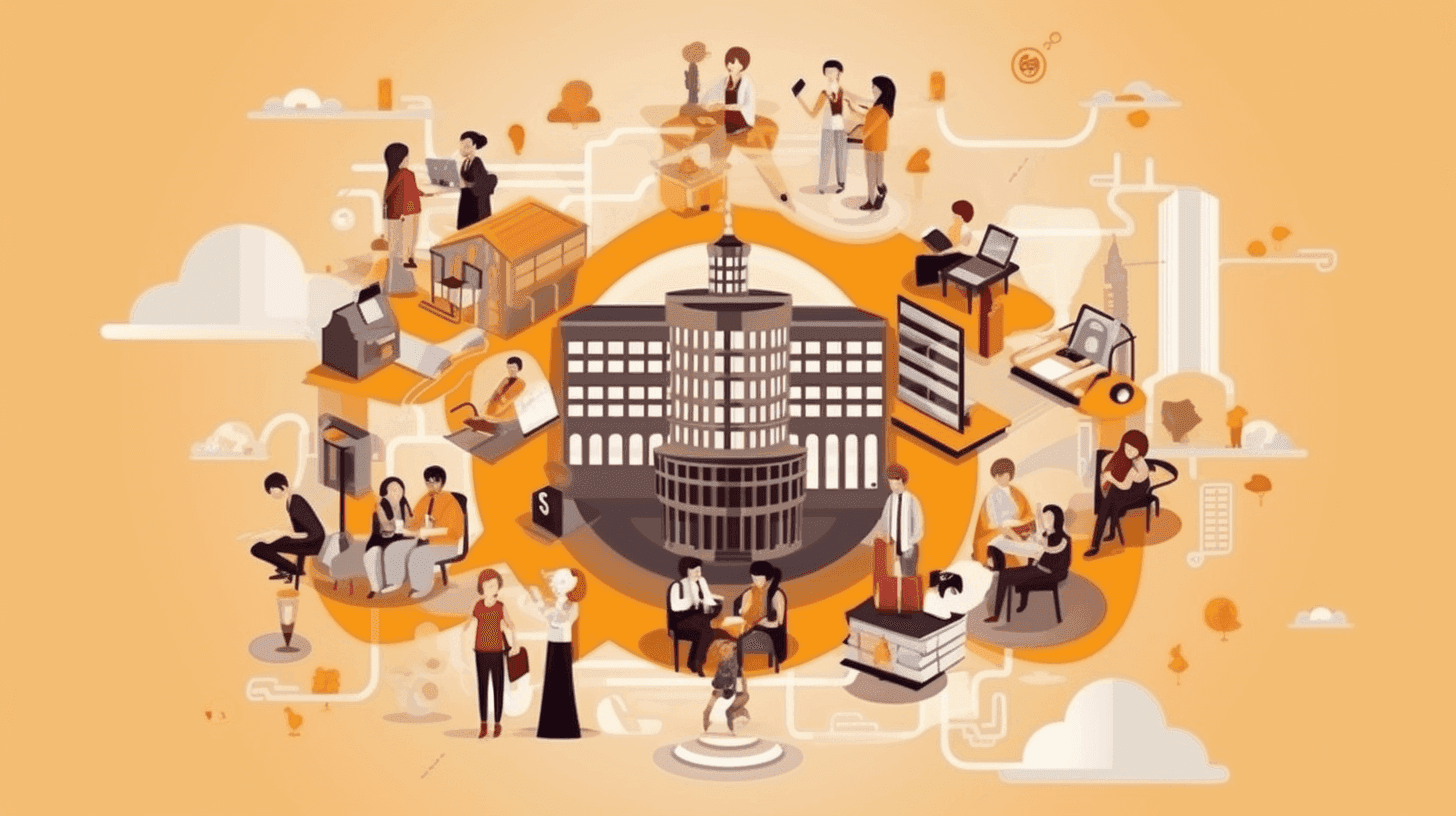Education 2.0: Schools and Universities in Virtual Realities

In the ever-evolving landscape of education, the concept of 'Education 2.0' has emerged as a groundbreaking approach. This new paradigm, heavily focused on integrating virtual realities into learning environments, is revolutionizing how we perceive education. With the onset of technologies like the metaverse, schools and universities are redefining their teaching methodologies. The Education 2.0 Conference has become a pivotal event in this transformation, offering insights into the legitimacy and potential of these virtual educational platforms.

The Emergence of Virtual Learning Environments
Virtual learning environments represent a paradigm shift in the educational landscape. This section explores the genesis and evolution of Education 2.0, highlighting how schools and universities are leveraging the metaverse to create immersive learning experiences. We delve into the rise of Education 2.0 and the incorporation of virtual spaces in academia, illustrating a future where education transcends physical boundaries.
The Rise of Education 2.0
Education 2.0 marks a significant shift from traditional learning methods to more immersive, technology-driven experiences. This approach leverages virtual reality (VR) and augmented reality (AR) to create interactive and engaging learning environments. The goal is to make education more accessible, personalized, and adaptable to each learner's needs.
Schools and Universities in the Metaverse
Institutions worldwide are exploring the metaverse – a collective virtual shared space – to host classes, lectures, and even entire courses. This shift to virtual spaces allows for a more inclusive and flexible learning environment, breaking down geographical barriers and offering a diverse range of learning experiences.

The Role of Education Conferences in the Metaverse
This section focuses on the significance of education conferences, particularly the Education 2.0 Conference, within virtual realities. It examines how these conferences are shaping the future of education, providing platforms for discussion, innovation, and collaboration. We also address the concerns regarding the legitimacy of virtual education conferences, demonstrating their impact and relevance in the metaverse-driven educational landscape.
Understanding the Education 2.0 Conference
The Education 2.0 Conference stands at the forefront of this educational revolution. It serves as a platform for educators, technologists, and policymakers to discuss the challenges and opportunities presented by virtual learning environments. The conference provides a glimpse into the future of education, showcasing the latest innovations in VR and AR for educational purposes.
Assessing the Legitimacy of Virtual Education Conferences
With the rise of virtual events, questions about their legitimacy and effectiveness have arisen. The Education 2.0 Conference, hosted in the metaverse, addresses these concerns by demonstrating the practical application of VR in education, networking opportunities, and the sharing of best practices among educators globally.
Benefits and Challenges of Virtual Learning
Virtual learning brings a host of advantages but also presents unique challenges. This section discusses the myriad benefits of embracing virtual realities in education, such as enhanced engagement and accessibility. Simultaneously, it acknowledges the hurdles, including technological disparities and the need for adaptation in teaching methodologies. This balanced perspective provides a comprehensive understanding of the virtual learning experience.
Advantages of Education in Virtual Realities
Virtual realities offer immersive and interactive experiences that traditional classrooms cannot match. They enable personalized learning paths, provide access to global resources, and foster collaboration among students from diverse backgrounds. Furthermore, they prepare students for a future increasingly intertwined with technology.
Navigating the Challenges
Despite the benefits, challenges persist. These include ensuring equal access to technology, addressing the digital divide, and maintaining student engagement in a virtual setting. Educators must also adapt their teaching styles to suit virtual environments effectively.

Future Trends and Predictions
Peering into the future, this section explores the potential developments and innovations in Education 2.0. We contemplate the evolving landscape of education, where virtual and physical realms blend seamlessly. The focus is on predicting upcoming technological advancements and their implications for educational methodologies, providing insights into what the future holds for learners and educators alike.
The Evolving Landscape of Education 2.0
The future of Education 2.0 lies in its ability to blend virtual and physical learning experiences seamlessly. We can expect more hybrid models of education, where virtual realities complement traditional classroom settings.
Innovations on the Horizon
Upcoming innovations in VR and AR technologies promise to make virtual learning more realistic and effective. Advances in AI could lead to more personalized and adaptive learning experiences, further transforming the educational landscape.
Conclusion
Education 2.0, epitomized by the Education 2.0 Conference in the metaverse, is a fleeting trend and a significant shift in how we approach learning. As schools and universities continue to adopt these virtual realities, we stand on the brink of a new era in education – one that is more inclusive, engaging, and equipped to prepare students for the future.



